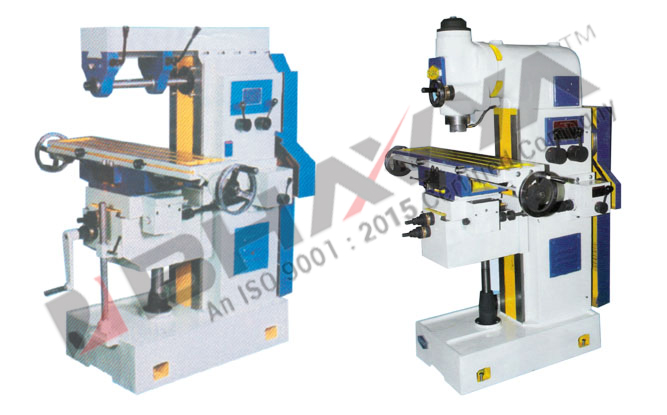The universal milling machine offers the following capabilities: mill, table, router, and plasma cutter. This versatile machine can be operated in a stand-alone mode with its power supply or it can be connected to the table and plasma cutter. In other words, it offers a versatile, economical solution for small and large machining operations. It can be integrated with desktops and other machines. This article briefly covers some of the basic functions of this machine.
The universal milling machine has a variety of feed bar selections, including two-line and three-line. The two-line design uses a row of pins that are arranged in two parallel lines. The machine tool can be manually manipulated through these rows by applying a force into the line. The three-line design is similar to the two-line design. The main difference is that the feed system of this machine runs across three channels, rather than between two lines. The three-line design is most commonly used with plasma cutters because the machine tool is able to move more accurately across the full width of the workpiece.

A universal milling machine should have a safety guard. This safety guard prevents workers from being accidentally injured by the moving parts of the machine. It also prevents accidental pinching of the workers’ fingers by preventing the cutting tool from making contact with the fingers. Some universal milling machine cutters come with an accessory called the die seat. The seat is specially designed to prevent damage to the tool holder when it is inserted into the die slot.
Another type of milling machine is vertical milling machines. These machines are used for large items such as furniture or auto parts because they have the ability to cut very deep and wide materials. However, they do not tend to cut as fast as horizontal milling machines. They are useful for detailed cuts but are not suited to perform quick and shallow repetitive cuts.
Most people choose to use horizontal milling machines for smaller and less detailed projects. This is because the level of precision possible from using a horizontal milling tool is not possible with vertical machine tools. Vertical milling machines are typically used to cut long pieces of metal.
One final type of milling machine is the tabletop milling machine. These types of machines are typically portable and do not have a protective guard. The main motion of the tabletop milling cutter is powered by a counterweight mounted on the bottom of the unit. The counterweight does all the work of moving the cutting head up and down the table as well as lifting and lowering the cutting head.





